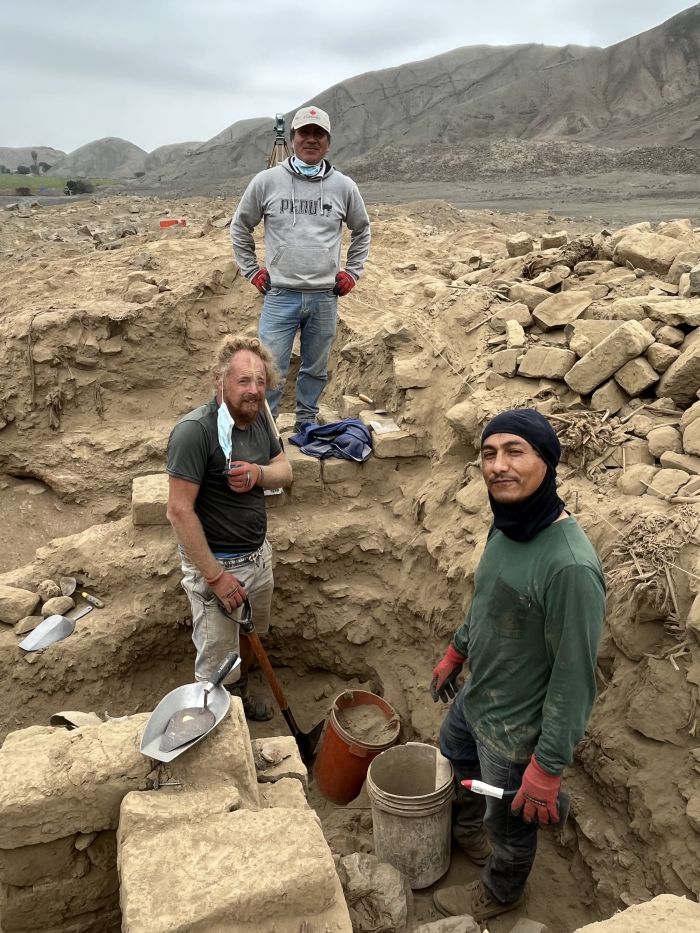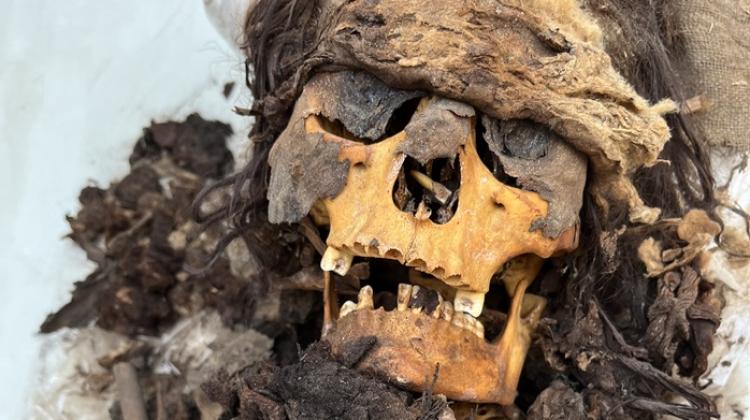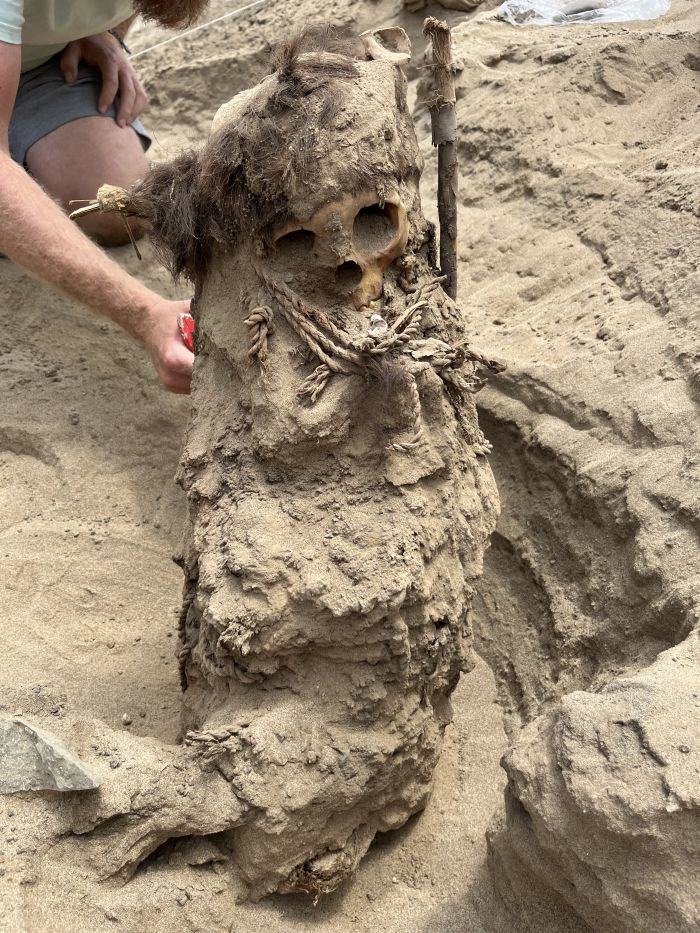Polish and Peruvian researchers have unearthed a unique burial ground in the Peruvian town of Barranca. The site, known for its pre-Columbian mounds, yielded the mummified remains of 22 individuals, primarily young children and newborns.
The complex, consisting of four mounds, has intrigued archaeologists for decades. Its origins and purpose remained shrouded in mystery until 2022, when a joint team led by Peruvian archaeologist Plinio Guillen Alarcón and Polish bioarchaeologist Łukasz Majchrzak began extensive investigations. Their work revealed the complex’s construction in the second half of the 3rd millennium BCE.

This year’s excavations, funded by the Polish National Agency for Academic Exchange, unearthed the remarkable burial ground atop the highest mound. The team, supervised by Dr. Justyna Marchewka-Długońska, discovered 22 intact burials wrapped in fabrics and plant materials, a practice archaeologists refer to as “burial bundles.” These bundles often contained additional artifacts like pottery, tools, and even food remains.

Intriguingly, six of the bundles held the remains of adults, while the remaining 16 encased children of varying ages. Bioarchaeologist Majchrzak highlights the high child mortality rates prevalent in the past, particularly during weaning. However, the sheer number and specific burial practices for these children raise unanswered questions.
“What is surprising is the method of making and depositing the children’s bundles,” explains Majchrzak. Unlike the adults buried in a fetal position, the children’s bundles lay horizontally and were placed at a similar depth as the adult’s heads. This suggests a distinct burial ritual for this younger population group.
Further analysis is underway to understand the specific reasons behind this practice. One possibility is that this location served solely for burying young children, possibly due to cultural beliefs about the afterlife. However, the lack of older children in this area requires further investigation.
The team has so far unrolled one bundle containing a newborn and used tomography to examine two more. These preliminary examinations revealed another newborn and a slightly older child. Additionally, one bundle contained the remains of a young woman, likely around 15 years old, who showed no signs of childbirth.
The researchers believe the fabrics used in the burials held symbolic meaning and practical purposes. Geometric patterns adorned some of the fabrics, while others may depict animals or deities. These materials were likely meant to aid the deceased in the afterlife, a concept where a year-long journey awaited them. Interestingly, the bundles contained minimal food offerings, such as corn cobs, suggesting a different belief system regarding sustenance in the afterlife compared to other Andean burials.
The team plans to continue analyzing the remaining bundles, tentatively dated to 1000-1100 CE. Radiocarbon dating will confirm this timeframe, while computed tomography scans will allow for non-invasive analysis of well-preserved bundles. Further studies, including chemical and isotopic analyses, aim to determine the origins of the buried population.

Polish-Peruvian project sheds light on a previously unknown aspect of the ancient Andean culture. The unique child burial practices and accompanying artifacts offer valuable insights into their beliefs about life, death, and the afterlife. As the project progresses, researchers hope to unravel the many mysteries surrounding this fascinating discovery.
Source: Science in Poland
